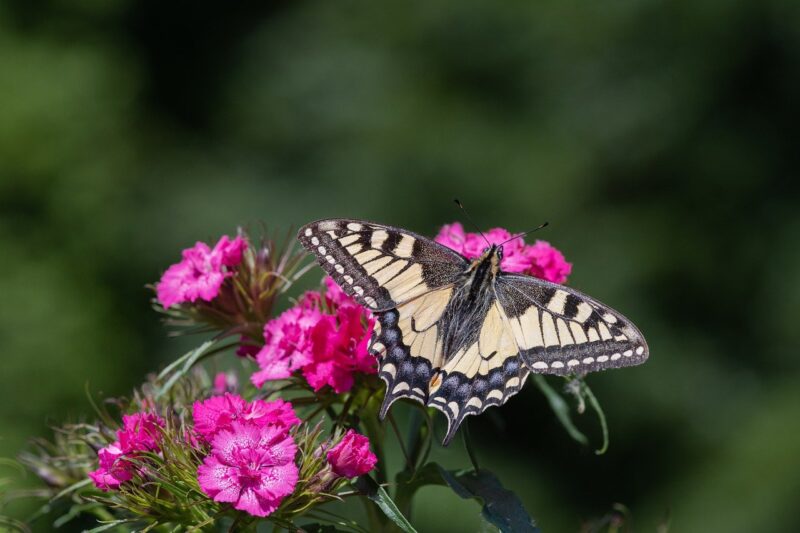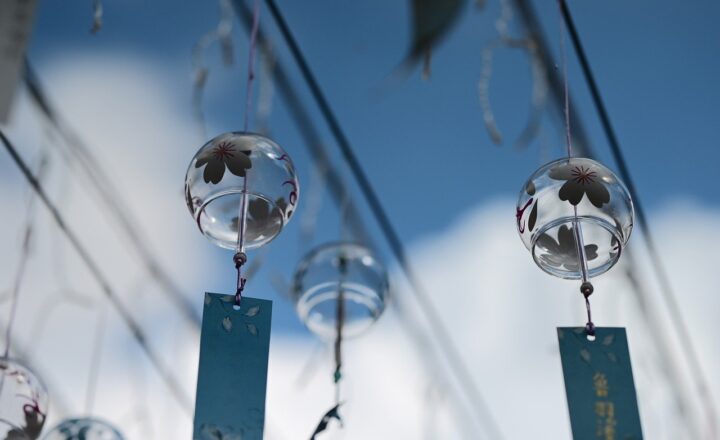
In recent years, the fascinating niche of rare insect collecting has garnering attraction among naturalists, educational institutions, and hobbyists alike. Rare insects are considered not just specimens but fragments of ecological history, representing biodiversity and evolutionary wonders that captivate both the heart and mind. This article takes you on an in-depth journey into the world of rare insect collectors, revealing their passion, methods, and the importance of their contributions to science and conservation.
1. The Allure of Rare Insects
Insects are the most diverse group of organisms on Earth, with millions of species ever cataloged, and many more undiscovered. Rare insects, in particular, draw collectors for several reasons:
- Beauty and Uniqueness: Many rare insects exhibit stunning colors, intricate patterns, and unique physical traits, making them visually appealing to collectors. From brightly hued butterflies to bizarre beetles, these creatures provide endless aesthetic enjoyment.
- Scientific Value: Rare insects are often crucial to taxonomy and can provide insight into ecological processes and evolutionary changes over time. Collectors contribute to scientific knowledge by documenting populations, breeding behaviors, and geographical distributions.
- Conservation Awareness: By drawing attention to rare species, collectors can help raise awareness of the ecological challenges facing insects, such as habitat destruction and climate change. This emphasis on conservation encourages both personal and collective responsibility toward environmental protection.
The delight of discovering a rare insect or adding it to a collection provides a sense of fulfillment that few hobbies can match.
2. The Collector’s Journey
Collectors often have unique paths into the world of rare insects. Here’s a closer look at how enthusiasts immerse themselves in their collecting journey:
A. Educating Oneself:
Most collectors start with a strong educational foundation in entomology or a related field. Books, online courses, and university classes provide essential knowledge for identifying and classifying insects.
B. Fieldwork and Exploration:
A significant portion of insect collecting involves field expeditions to find and capture specimens. Many collectors travel to specific habitats where rare species are known to thrive, employing techniques such as sweep netting, light traps, and insect collecting vials. Hands-on experience is critical for developing skills in locating and handling insects without damaging them.
C. Preservation Techniques:
Once collected, preserving insects becomes vital. Many collectors learn how to mount specimens and use various preservation methods to maintain their integrity for years to come. This process involves drying insects thoroughly and sometimes using chemicals to prevent degradation. Careful handling ensures that insects remain in optimal condition for display or research purposes.
3. The Collector’s Community
The insect collecting community is vibrant, with various connections made through hobbyist groups, forums, conventions, and digital platforms. Collectors engage in discussions about their finds, exchange tips on preservation, and share resources about rare species.
A. Online Platforms:
Social media and dedicated websites provide spaces for enthusiasts to showcase their collections, seek identification help, and buy or trade specimens. You can spend hours scrolling through beautifully documented collections and captivating photographs of insects from around the globe.
B. Local Clubs and Societies:
Joining local entomological societies fosters community engagement, along with opportunities for collaboration on research and conservation initiatives. Many societies organize field trips and workshops, allowing collectors to share experiences and grow their knowledge together.
C. Conferences and Expos:
National and international insect-collecting conferences allow enthusiasts to meet industry experts, attend workshops, and participate in competitions showcasing unique collections. Connections forged at these events lead to collaborations on educational programs and conservation projects.
4. Challenges Facing Rare Insect Collectors
While the passion for collecting is strong, there are notable challenges collectors face:
A. Ethical Considerations:
As concerns over biodiversity loss grow, collectors must adhere to ethical guidelines in their practices. Ensuring that collections do not harm populations is essential, with many collectors stressing the importance of sustainable collecting practices. This includes avoiding taking too many specimens and focusing on non-endangered species.
B. Legal Regulations:
Several regions have regulations surrounding the collection of insects to protect local populations. Collectors must stay informed about local laws and obtain necessary permits when needed, ensuring legal compliance and promoting responsible collecting.
C. Climate Change and Habitat Loss:
Changing ecosystems due to climate change, urbanization, and environmental degradation present challenges in finding rare species. Collectors must remain agile and adapt their collecting practices as insect populations shift in response to these threats.
5. The Future of Rare Insect Collecting
Despite the challenges, the future of rare insect collecting remains promising. With increasing awareness of the significance of biodiversity and community-driven conservation efforts, collectors are adapting to ensure ethical collecting practices become the norm. Educational outreach programs increasingly emphasize the role of insect collectors as stewards of nature, encouraging younger generations to similarly appreciate and engage with insects.
Furthermore, technology facilitates insect identification and collection tracking, making research more efficient and accessible. As we embrace advancements such as online databases, mobile apps, and citizen science programs, enthusiasts can share their findings, contribute to conservation efforts, and even educate others about the importance of preserving rare insects.
Conclusion
Collecting rare insects offers an unrivaled connection to the intricacies of life on Earth. By exploring the aesthetic, scientific, and ecological value of these incredible organisms, collectors contribute to a broader understanding of our planet’s precious biodiversity. As enthusiasts rally together to share knowledge and promote sustainable practices, the legacy of insect collecting can foster environmental stewardship and a greater appreciation for the natural world. If you’re intrigued by insects and seek a unique and fulfilling pastime, consider embarking on your journey into the world of rare insect collecting today.
As we continue to study and appreciate the importance of all organisms, let’s hope that the future of rare insect collecting will pave the way for better conservation efforts and a deeper understanding of our planet’s ecological balance.






